Home>Ideas and Tips>Upgrading Your Home’s Exterior With DIY Thermoelectric Energy-Harvesting Siding
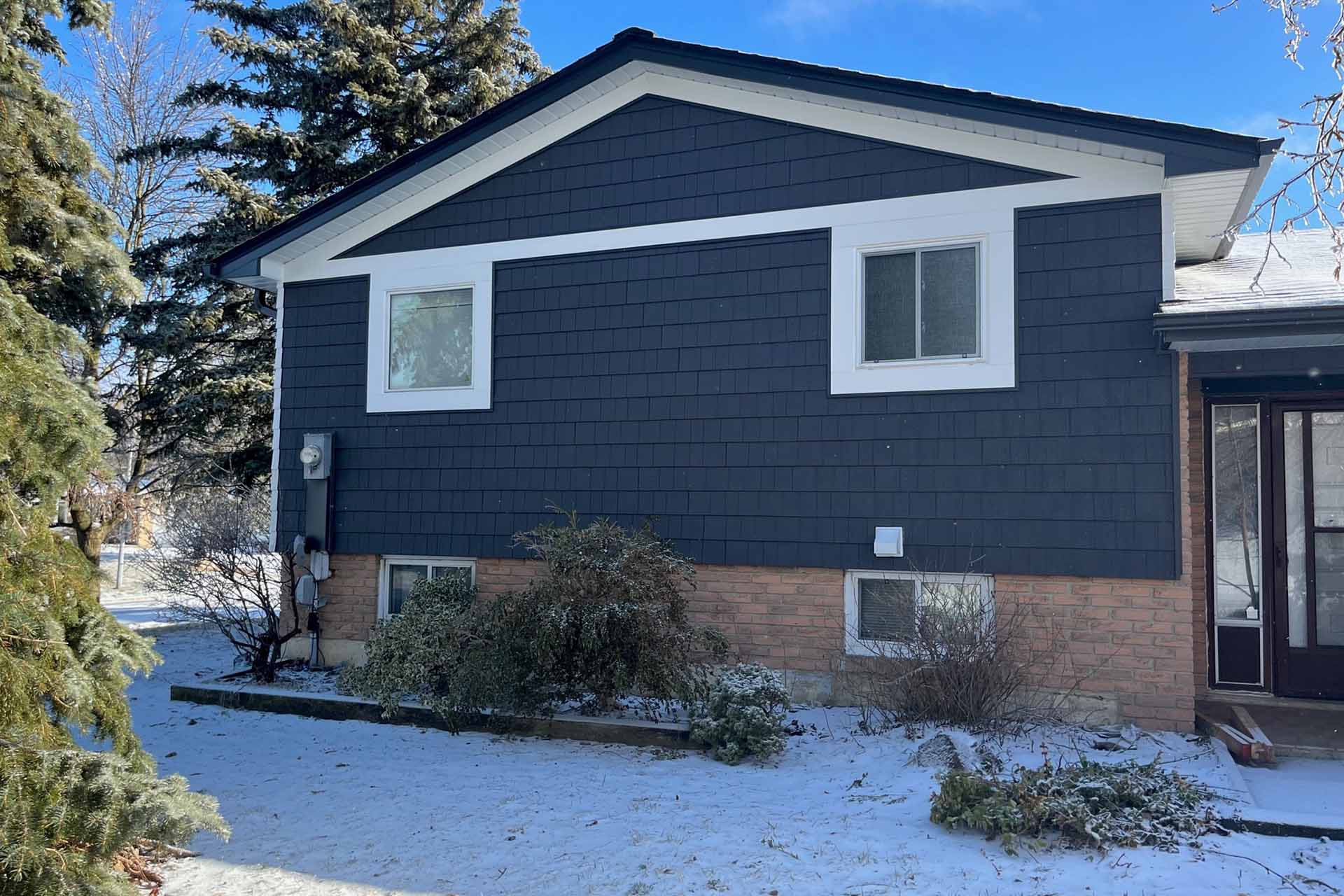

Ideas and Tips
Upgrading Your Home’s Exterior With DIY Thermoelectric Energy-Harvesting Siding
Published: September 22, 2024
Upgrade your home's exterior with DIY thermoelectric energy-harvesting siding. Learn how to harness temperature differences for sustainable energy.
(Many of the links in this article redirect to a specific reviewed product. Your purchase of these products through affiliate links helps to generate commission for Storables.com, at no extra cost. Learn more)
In the quest for sustainable and innovative home improvements, one area that has garnered significant attention is the integration of thermoelectric technology into building exteriors. Thermoelectric generators (TEGs) harness energy from temperature differences, offering a unique solution for renewable energy harvesting. This article will delve into the world of DIY thermoelectric energy-harvesting siding, exploring its potential, practical applications, and step-by-step guide to implementing this technology in your home.
Introduction to Thermoelectric Generators
Thermoelectric generators operate on the principle of the Seebeck effect, where a temperature difference between two dissimilar materials generates an electric current. This phenomenon was first observed by Thomas Seebeck in 1821 and has since been utilized in various applications, including space exploration and portable electronics.
How Thermoelectric Generators Work
The basic principle of a thermoelectric generator involves two main components:
- Thermoelectric Materials: These are materials that exhibit the Seebeck effect, meaning they can convert temperature differences into electrical energy.
- Temperature Gradient: A temperature gradient is required to generate electricity. This gradient can be created by placing one side of the thermoelectric material in a hot environment and the other side in a cold environment.
When a temperature difference is applied across the thermoelectric material, electrons move from the hot side to the cold side, creating an electric current. This process is reversible; by applying an electric current, heat can be transferred from one side to the other, which is known as the Peltier effect.
Practical Applications of Thermoelectric Generators
Thermoelectric generators have been used in various applications, from powering spacecraft to charging portable devices. Their potential in home improvement lies in their ability to harness renewable energy from natural temperature gradients, such as those found between a roof and the attic or between the sun-heated roof and the cooler interior.
Case Study: Roof-Integrated Thermoelectric Generators
A team of engineers at the University of Rochester conducted a senior design project aimed at harvesting thermal energy from rooftops. They designed a system using thermoelectric generators (TEGs) to capture the temperature differential between the sun-heated roof and the cooler attic space. The setup consisted of four TEGs in series, connected to a power management IC (LTC3109) that regulated the output voltage to 5V. The system was tested with a constant 10-degree temperature differential, producing an output current of 0.728mW at 5V.
This project demonstrates the feasibility of integrating TEGs into building exteriors to generate electricity from natural temperature gradients. The potential for such systems is significant, especially in regions with limited sunlight or during periods of low solar activity.
DIY Thermoelectric Generator Project
Creating a DIY thermoelectric generator is an exciting project that can be completed with minimal equipment. Here’s a step-by-step guide to building your own thermoelectric generator:
Materials Needed:
- Thermoelectric Coolers (TECs): These are the heart of your DIY generator. They work by moving heat from one side to the other when an electric current is applied.
- Aluminum Tray: This will serve as the base for your setup.
- Thermally Conductive Glue: To secure the TECs to the tray.
- Insulation Tape: To prevent wires from touching the tray and shorting out.
- Voltage Regulator: To regulate the output voltage.
- LEDs or Small Motor: To test the generated electricity.
- Candles or Heat Source: To create a temperature gradient.
- Multimeter: To measure voltage and current.
Step-by-Step Instructions:
-
Prepare the Tray:
- Clean and dry the aluminum tray.
- Apply thermally conductive glue to the bottom of each TEC and stick them to the tray, ensuring they are evenly spaced.
-
Connect Wires:
- Connect the positive and negative terminals of each TEC in series.
- Use insulation tape to prevent wires from touching the tray.
-
Add Heat Source:
- Place candles or a heat source under one side of the tray to create a temperature gradient.
- Ensure that the hot side is not too hot, as this can damage the TECs.
-
Test Setup:
- Connect an LED or small motor to the output terminals of your setup.
- Observe if the LED lights up or if the motor spins, indicating that electricity is being generated.
-
Measure Output:
- Use a multimeter to measure the voltage and current generated by your setup.
-
Optimize Setup:
- Adjust the position of the heat source to optimize the temperature gradient.
- Change the number of TECs in series to increase output voltage or current.
Example Setup:
In one example setup, a DIY project used ten thermoelectric plates connected in series. The plates were secured to an aluminum tray using thermally conductive glue. Water was poured into the tray, and ice cubes were added to cool it down further. The setup was powered by candle flames, which created a temperature gradient between the hot side (underneath the candles) and the cool side (with ice). The output voltage was regulated using a voltage regulator, allowing it to charge a phone.
Potential Improvements and Challenges
While DIY thermoelectric generators are exciting projects, they come with several challenges and limitations:
Efficiency:
Thermoelectric generators are generally inefficient compared to traditional solar panels or wind turbines. They require significant temperature differences to generate useful amounts of electricity.
Cost:
While thermoelectric materials are becoming more affordable, the cost of high-quality TECs can still be prohibitive for widespread adoption.
Durability:
TECs can be damaged if exposed to extreme temperatures or if not properly secured.
Practical Applications:
For widespread adoption, thermoelectric generators need to be integrated into building designs rather than being standalone projects. This requires careful consideration of material selection, placement, and thermal management.
Integrating Thermoelectric Generators into Home Exteriors
Integrating thermoelectric generators into home exteriors involves several steps:
Material Selection:
Choose high-quality TEGs that can withstand various environmental conditions.
Placement:
Place TEGs in areas where natural temperature gradients are significant, such as between a roof and attic space or between sun-heated walls and cooler interior spaces.
Thermal Management:
Ensure proper thermal management by using heatsinks or thermal paste to optimize heat transfer.
Power Management:
Use power management ICs to regulate output voltage and ensure efficient energy harvesting.
Aesthetics:
Consider aesthetics when integrating TEGs into building designs. They can be designed to blend seamlessly into roofing materials or wall finishes.
Case Study: Roof-Integrated TEG System
The University of Rochester project mentioned earlier provides a practical example of how TEGs can be integrated into building exteriors. By placing TEGs in a series array on a simulated roof, they were able to capture a temperature differential of 10 degrees Fahrenheit over a 24-hour period. This setup produced an output current of 0.728mW at 5V, demonstrating the feasibility of such systems in real-world applications.
Future Prospects
The future of thermoelectric generators in home improvement looks promising:
Advancements in Materials:
Research into new materials with higher efficiency and lower cost is ongoing. This could make TEGs more viable for widespread adoption.
Integration with Smart Homes:
TEGs can be integrated with smart home systems to provide real-time energy monitoring and optimization.
Scalability:
Scalable designs that can be applied to larger buildings or entire neighborhoods could significantly increase the impact of TEGs in renewable energy harvesting.
Conclusion
Upgrading your home's exterior with DIY thermoelectric energy-harvesting siding is an innovative approach to renewable energy. While there are challenges associated with efficiency, cost, and durability, the potential benefits make it an exciting area of research and development. By integrating TEGs into building designs and optimizing their performance through proper placement and thermal management, we can harness natural temperature gradients to generate electricity sustainably.
In conclusion, this article has provided a comprehensive overview of DIY thermoelectric generators, their practical applications, and potential improvements. As technology advances and materials improve, we can expect to see more widespread adoption of this innovative technology in home improvement projects.
By embracing DIY thermoelectric generators and integrating them into our homes, we not only contribute to a more sustainable future but also create unique and fascinating projects that showcase the power of renewable energy harvesting. Whether you're a seasoned DIY enthusiast or just starting out, exploring the world of thermoelectric generators can be both rewarding and enlightening. So why not give it a try? Harness the power of temperature differences and upgrade your home's exterior with a touch of innovation
Was this page helpful?
At Storables.com, we guarantee accurate and reliable information. Our content, validated by Expert Board Contributors, is crafted following stringent Editorial Policies. We're committed to providing you with well-researched, expert-backed insights for all your informational needs.


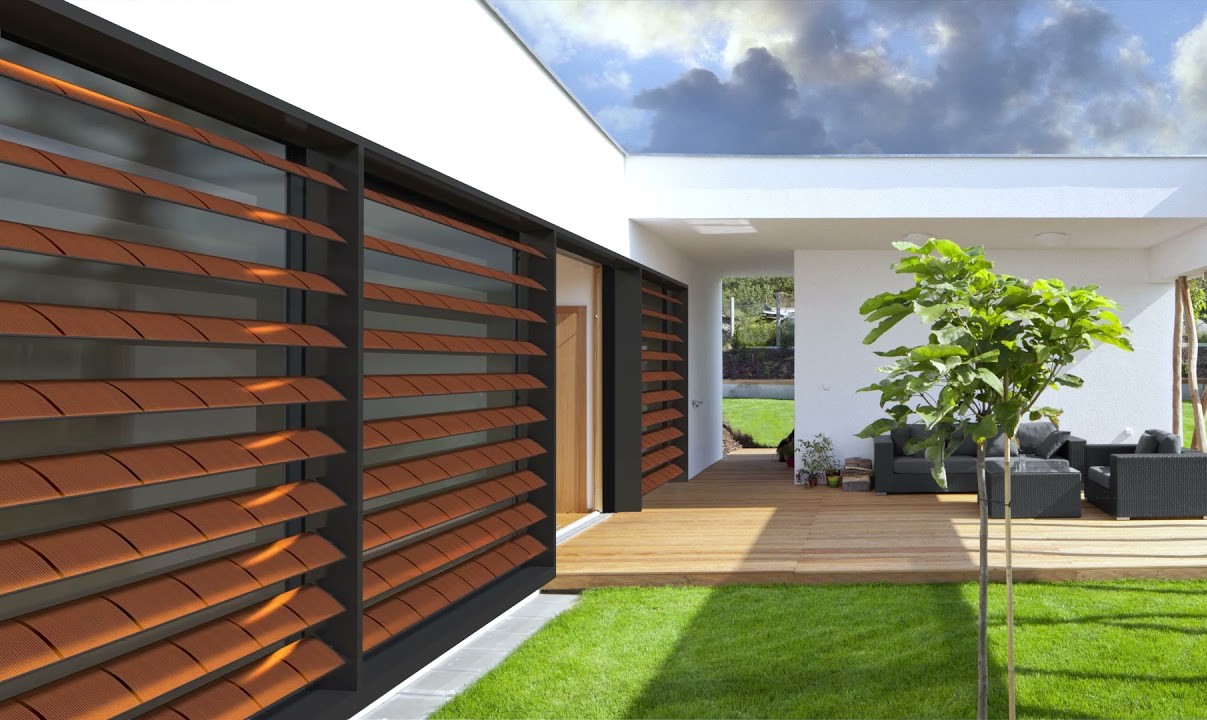
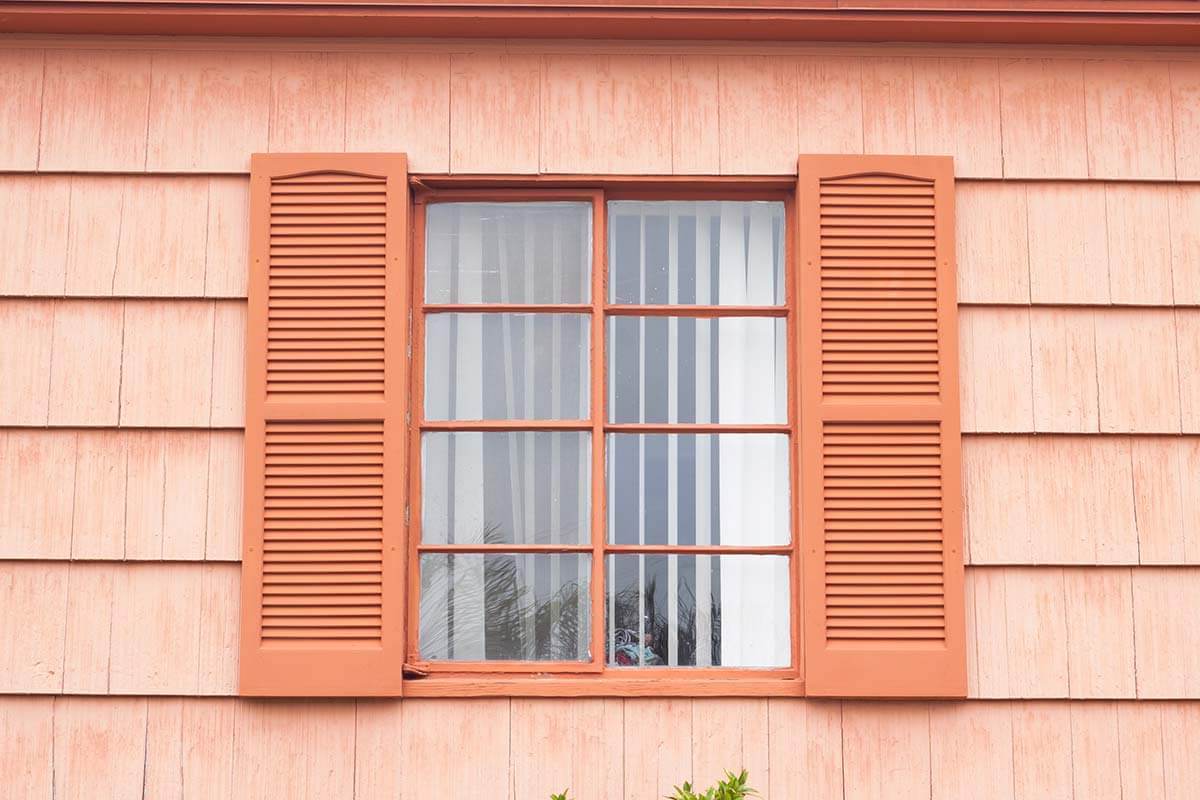


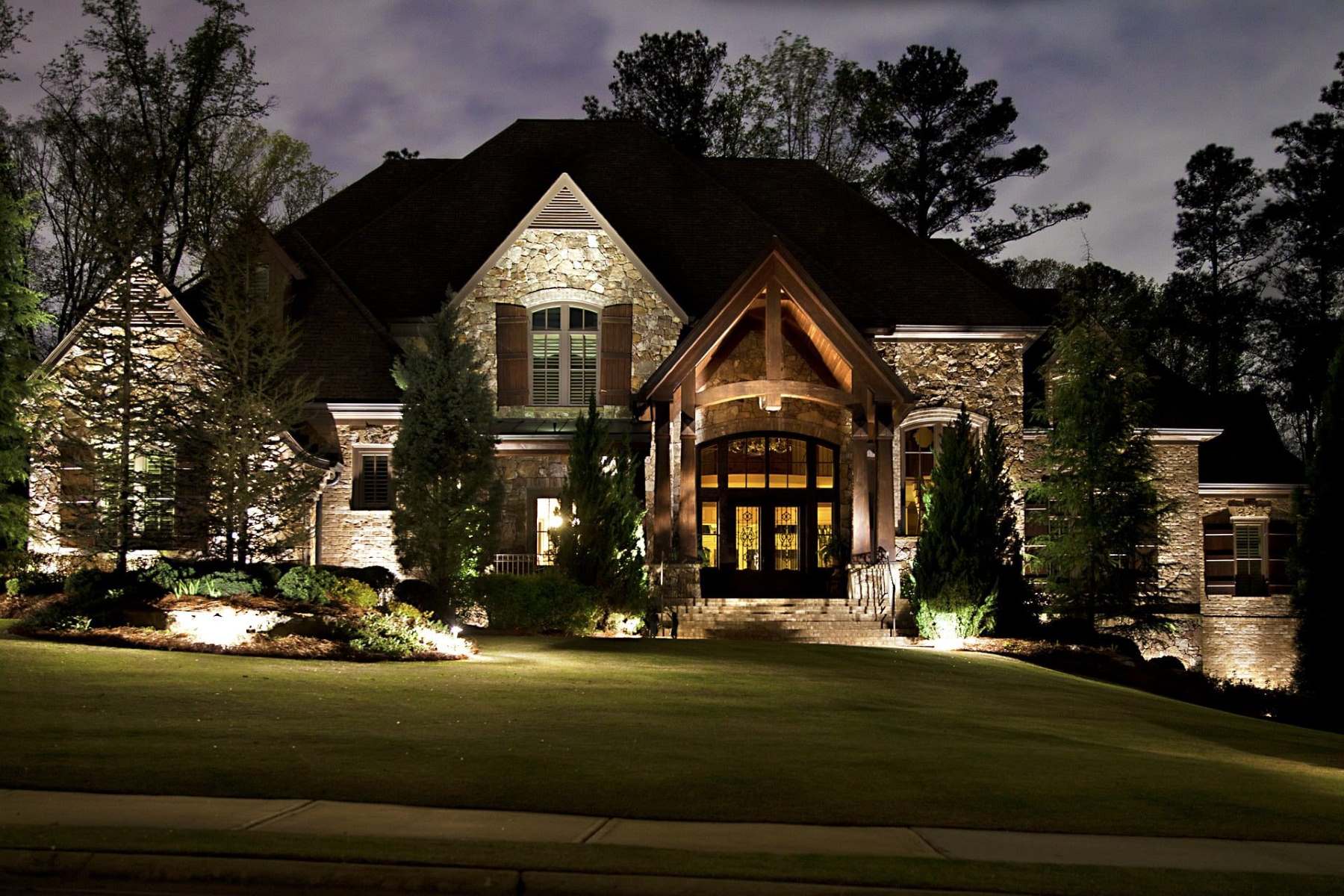

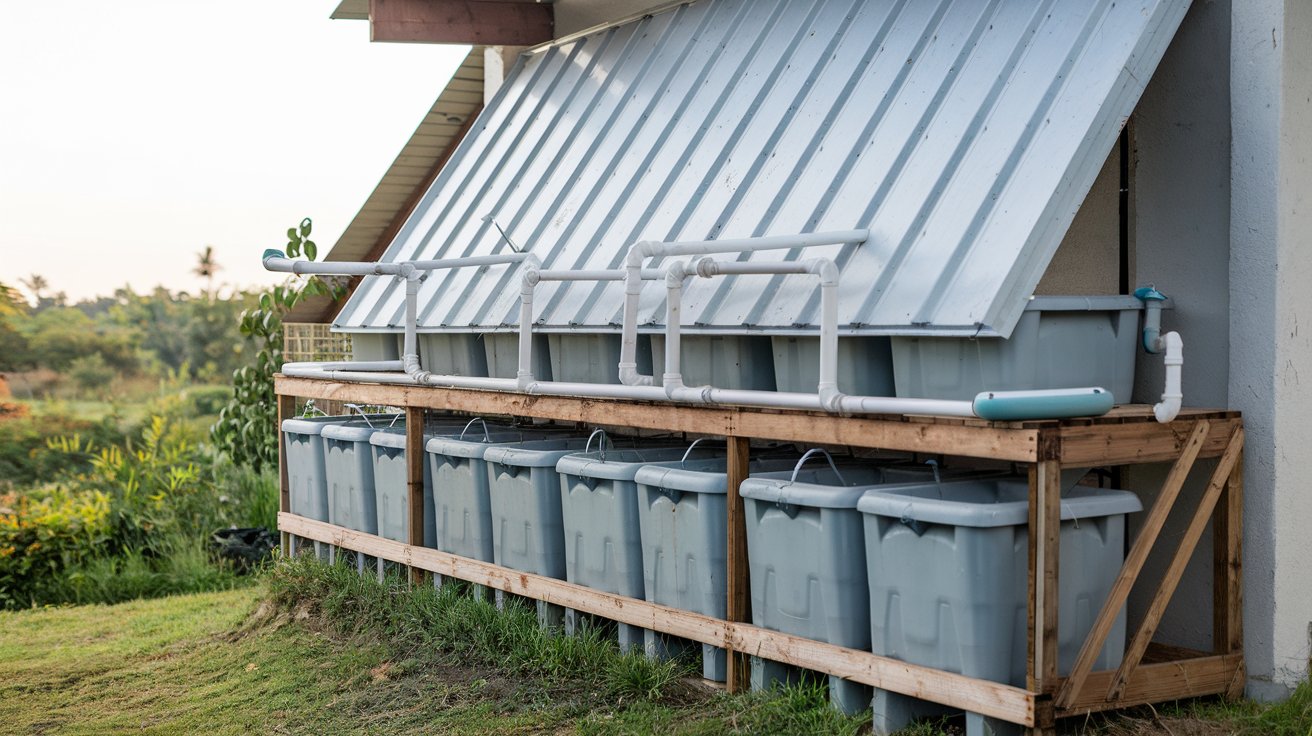

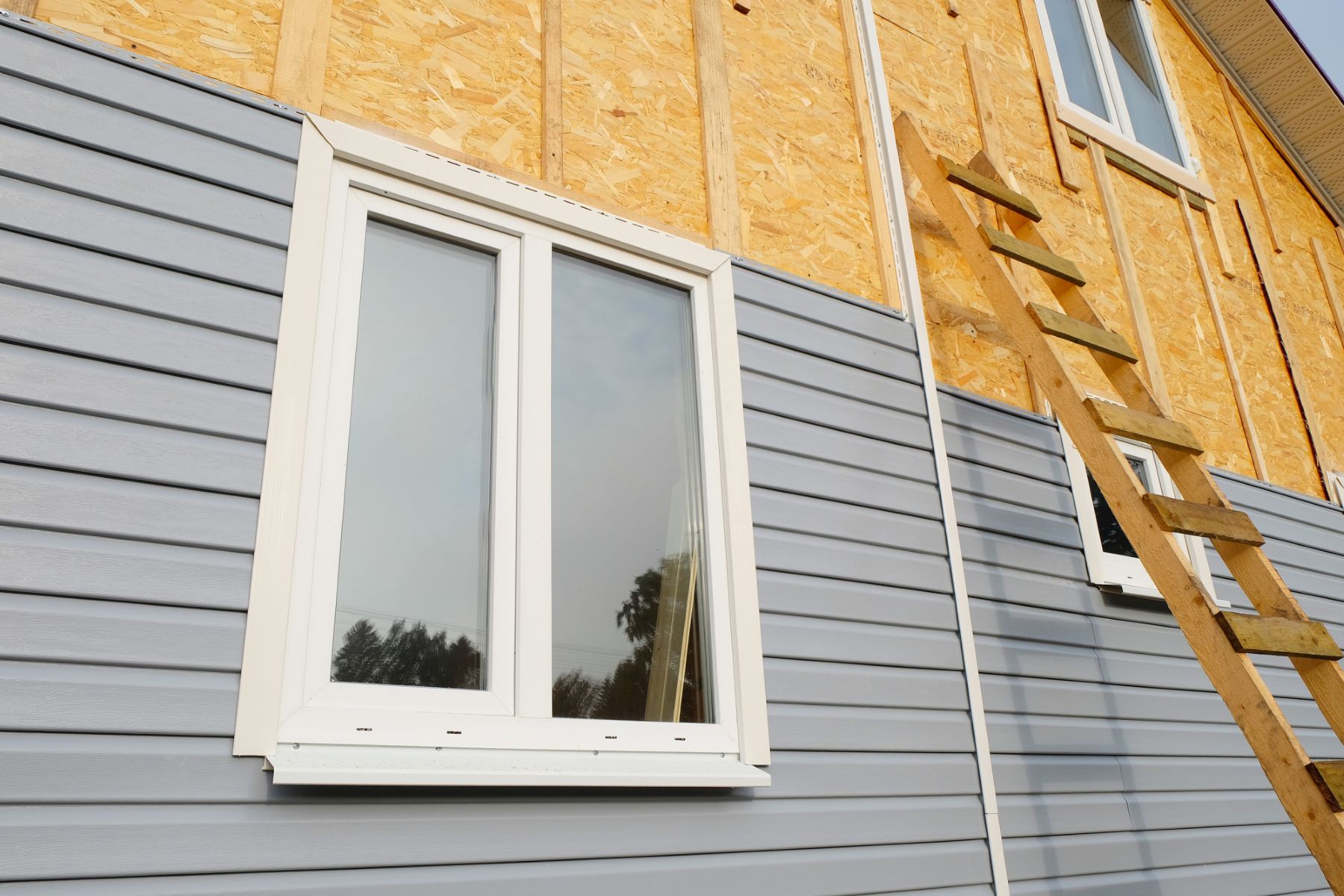


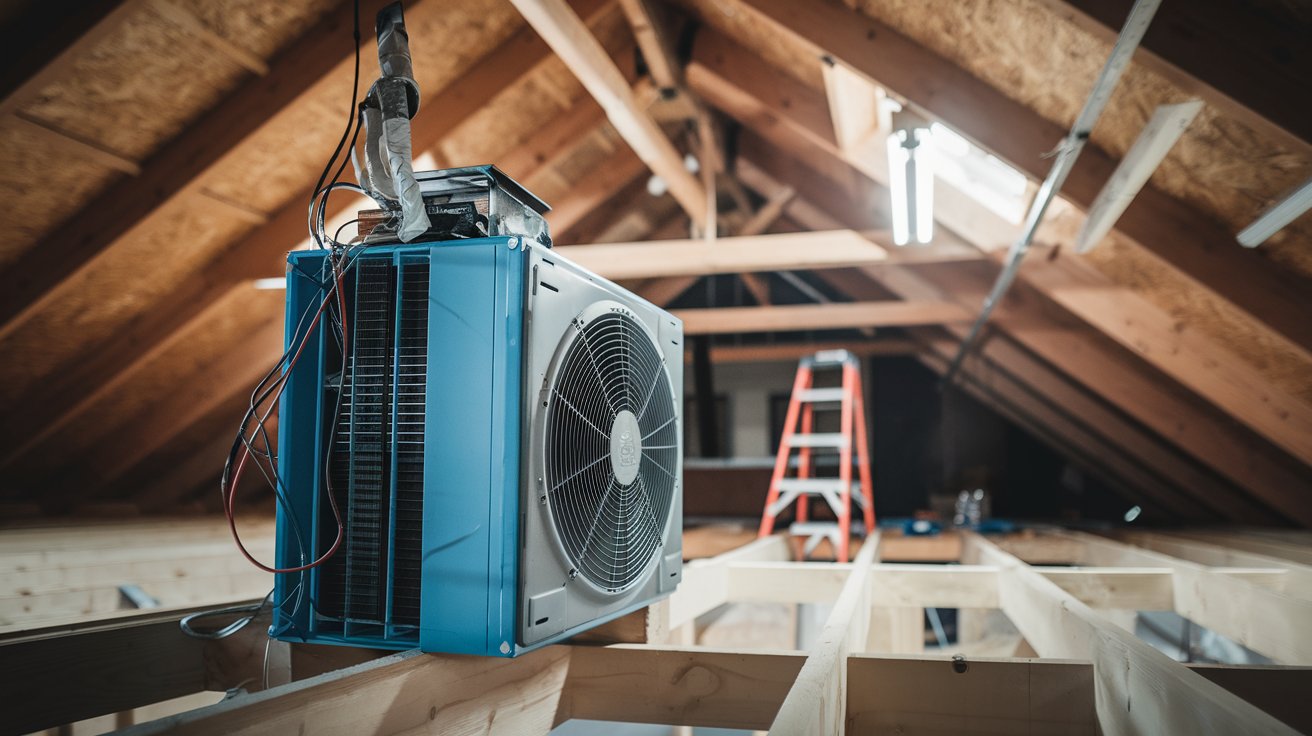

0 thoughts on “Upgrading Your Home’s Exterior With DIY Thermoelectric Energy-Harvesting Siding”